Best Shots review: Tom Taylor's Batman: The Detective #1 is reminiscent of how blunt Frank Miller can be
Tom Taylor and Andy Kubert take the Dark Knight across the pond to get into his head in the launch of Batman: The Detective
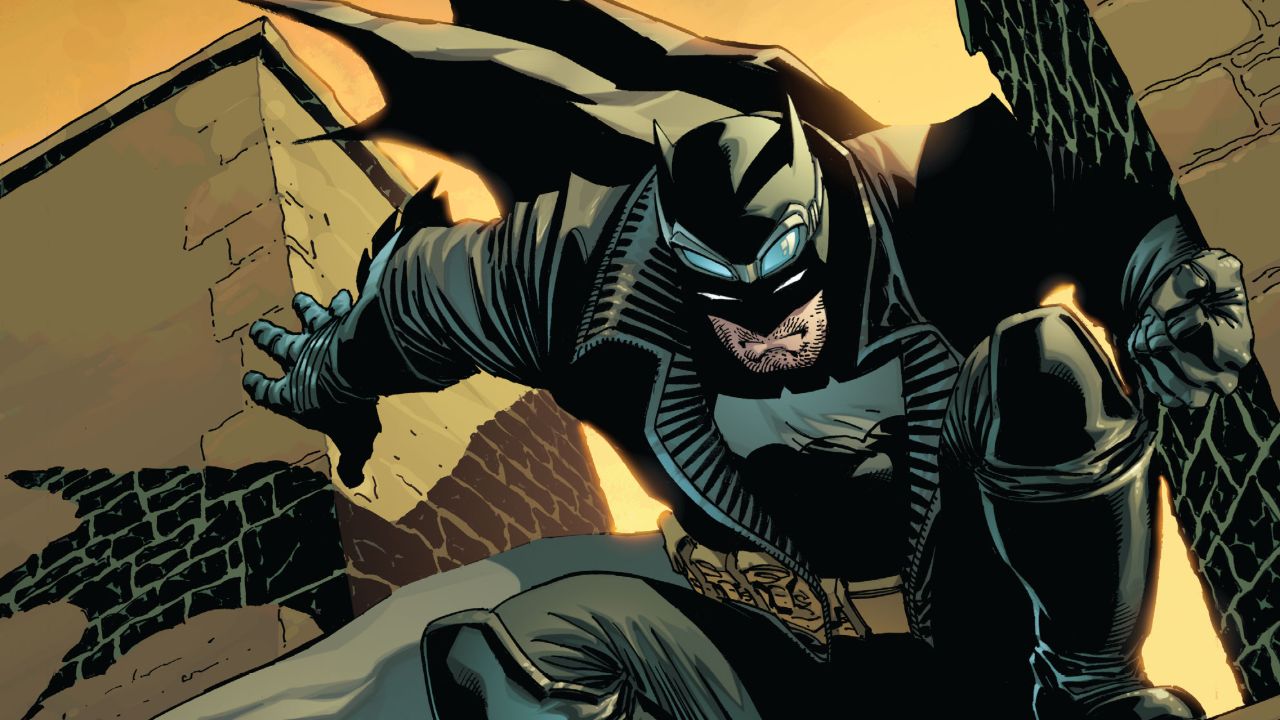
Batman: The Detective #1 kicks off with an opening vista from Andy Kubert and Brad Anderson of a plane attempting to chart a course through a thick plumage of dark clouds. It's an ominous image, suggesting there are no clear skies on the horizon any time soon, a fact which is certainly true for that flight's passengers – en-route to London from Gotham – who find their journey being hijacked.
Written by Tom Taylor
Art by Andy Kubert and Brad Anderson
Lettered by Clem Robins
Published by DC Comics
'Rama Rating: 6 out of 10
The group claims their actions are "because of Batman" and the tragedy which they cause becomes a major news story across the world. As a result, it promptly catches the attention of Bruce Wayne, who wastes no time charting his own course to England to get to the bottom of why it happened in the first place. Tom Taylor's scripting proceeds quickly to set up the limited series' concept, but despite the briskness on display, there is still a heavy air to the proceedings.
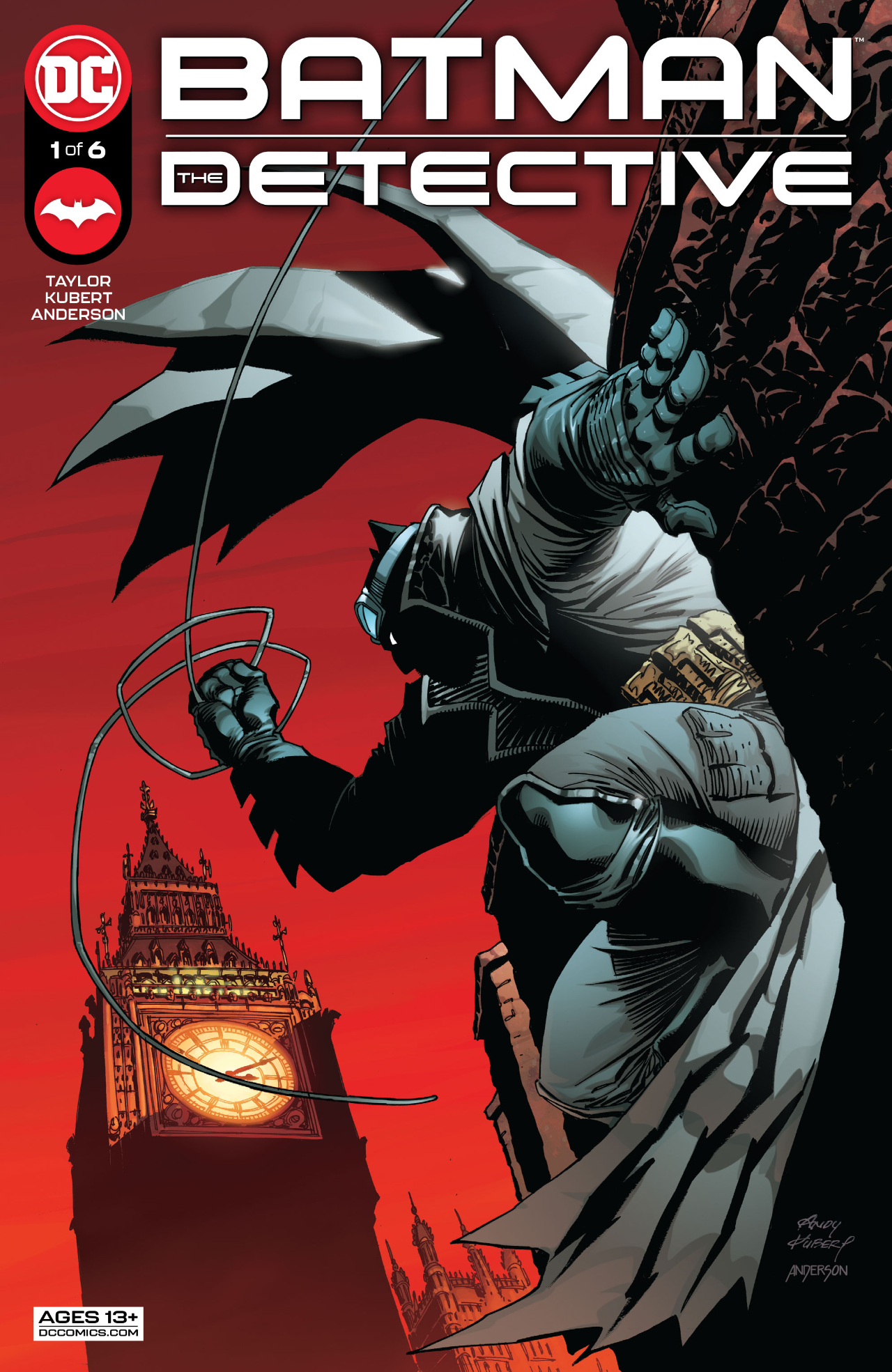
Taylor is a writer capable of extreme levity – on full display in his recent Nightwing debut – as well as grimmer material: see the multitude of DCeased and Injustice books that bear his credit. From this opening salvo, Batman: The Detective looks to be more in line with the tone of the latter rather than the former. The situation at hand isn't as apocalyptic as, say, an Anti-Life infection spreading across the world akin to a zombie uprising ala DCeased, but Bruce's opening narration sets a morose mood.
The creative team suggests that Bruce's perspective is heavily influenced by not being in a great psychological place, still reeling from the loss of Alfred and floundering in his perceived failings as he considers if he's really ever helped Gotham. That last point isn't a wholly original one, though stories like these normally have the benefit of being out of continuity tales. Here, however, the notion is what spurs him to get out of his home city as quickly as he does. This makes for a psychological read on the character that isn't quite earned compared to how the ongoing series is currently exploring those same elements.
Regardless, this narration is terse, matter of fact. It is reminiscent of how blunt Frank Miller's writing can be, a point of comparison also evoked in Kubert's linework and inking, having previously collaborated with Miller on The Dark Knight III: The Master Race. The draughtsmanship has a heft to it. Its thick-set characters and locations are created with the purpose of having clear weight to them, ensuring a number of moments that pack a real visual punch. One such moment comes in that opening sequence on the plane as Kubert draws a trio of panels pointed straight down as if a sudden change in direction has caused the gravity of the page to plummet.
Another comes once Bruce has made his way to England and met the new Squire in the process (Knight also features in a prominent role). The series does initially live up to its title as Batman starts out by surveying the crime scene for anything that will help him understand the cause for the destruction that lays before him. However, the process of deduction which leads to the big reveal that caps off the issue ends up playing out in the background of the issue's second half, which is dominated by two action scenes.

In between these scenes, the creative team relocates the action to London. This gives them an urban setting to work with, a more traditional location for the Dark Knight to operate in instead of the countryside where the crime scene exists. That move from rural to urban ensures that when Bruce engages the enemy in combat, the force being exerted is that much clearer. Clem Robins' usage of SFX underlines this, like in the moment where two opponents fall out of a window. They land on concrete and while the page might not depict the exact distance they've traveled, the "CRK" which accompanies their impact is enough to guess.
Get the best comic news, insights, opinions, analysis and more!
Speaking of travel, one could quibble with some of the geographic particulars on display in the issue, like whether a flight would pass over Lancashire or if a fight would really play out for enough time for its participants to reach the River Thames, but the creative team avoids treating London as the same as Gotham simply because they're both cities. The former is not dominated by the arch, Gothic architecture of the latter. It is a real city where any major inaccuracies in its presentation would stand out more noticeably than the New York and Chicago-inspired Gotham, which ultimately exists in our heads collectively.
Overall, they get it right, and unlike Taylor's Black Label Hellblazer miniseries which gives guns to ordinary police officers, they avoid making a cultural error that would stand out on a similar level.
That said, this also means that the team doesn't make as much of their setting as they possibly could. Like their interpretation of Bruce's state of being, it is a starting point rather than a fully fleshed-out and understood vision. The thematics are the most detailed factor, making for an issue ruminating on lives saved and the ghosts of those lost, and it remains to be seen if the creative team will be able to use the remaining five issues to connect these various pieces into a more cohesive whole.
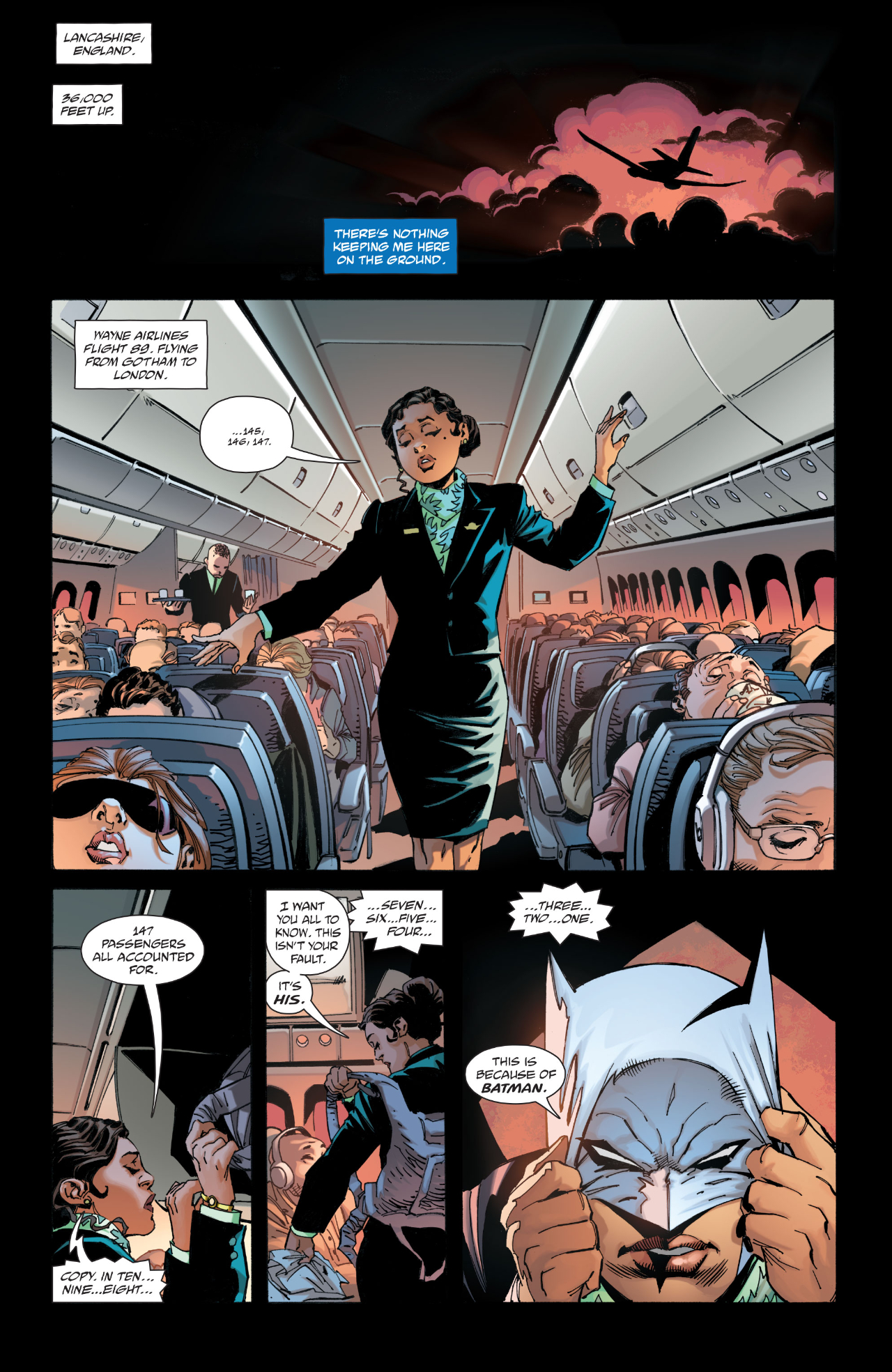
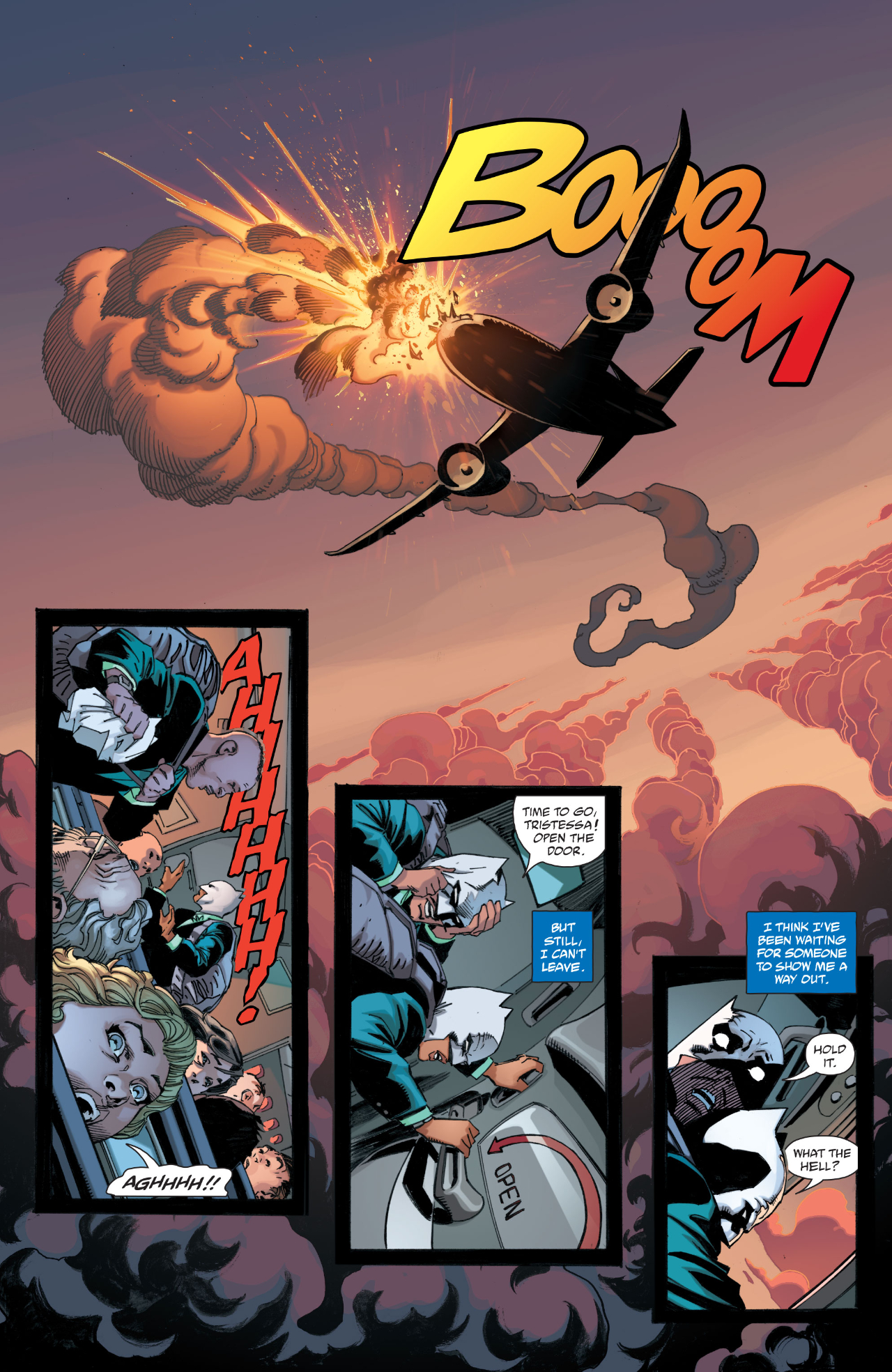


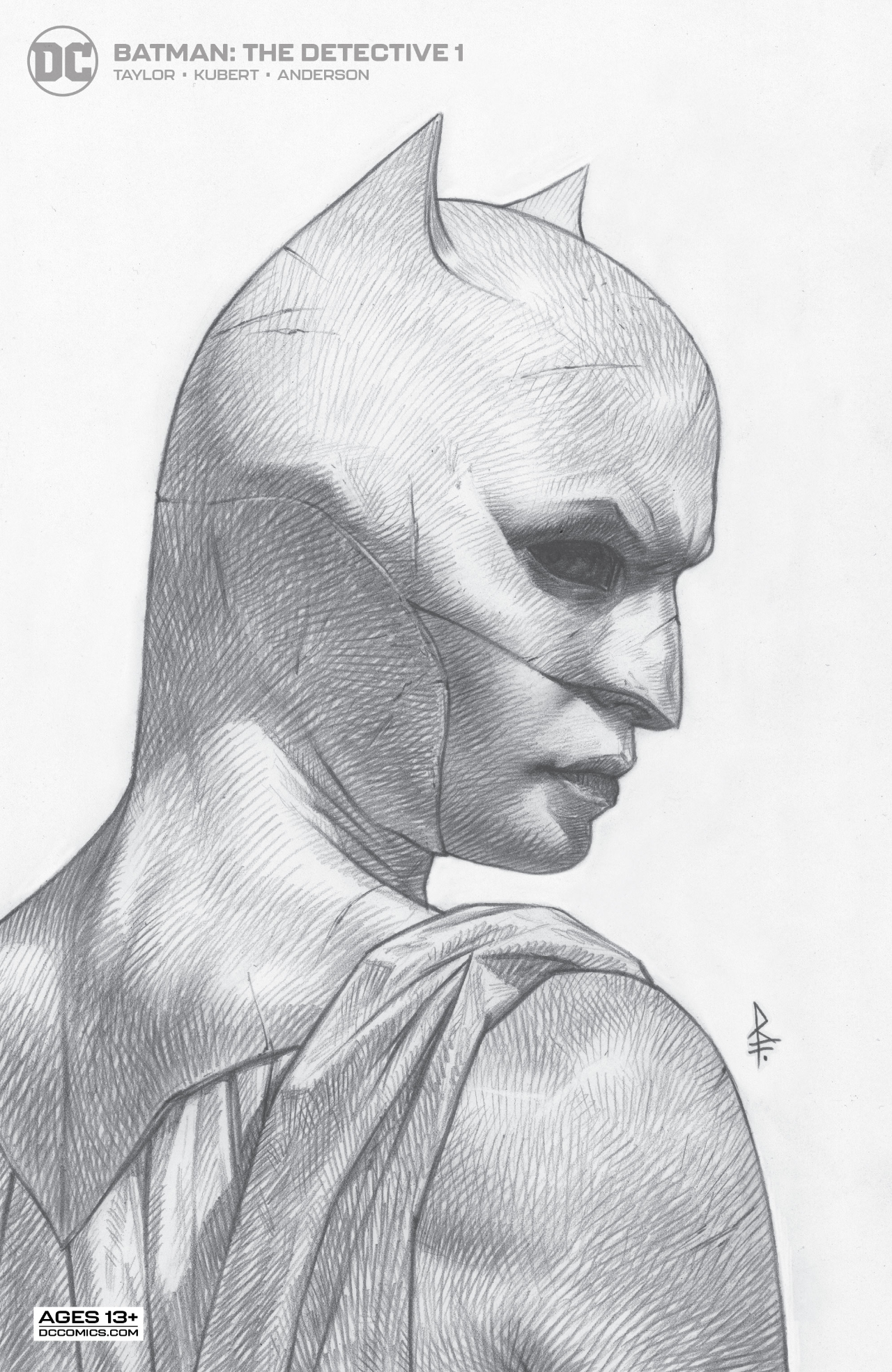


Check out all the new Batman comics, graphic novels, collections from DC arriving in 2021 and beyond.
Matt Sibley is a comics critic with Best Shots at Newsarama, who has contributed to the site for many years. Since 2016 in fact.


